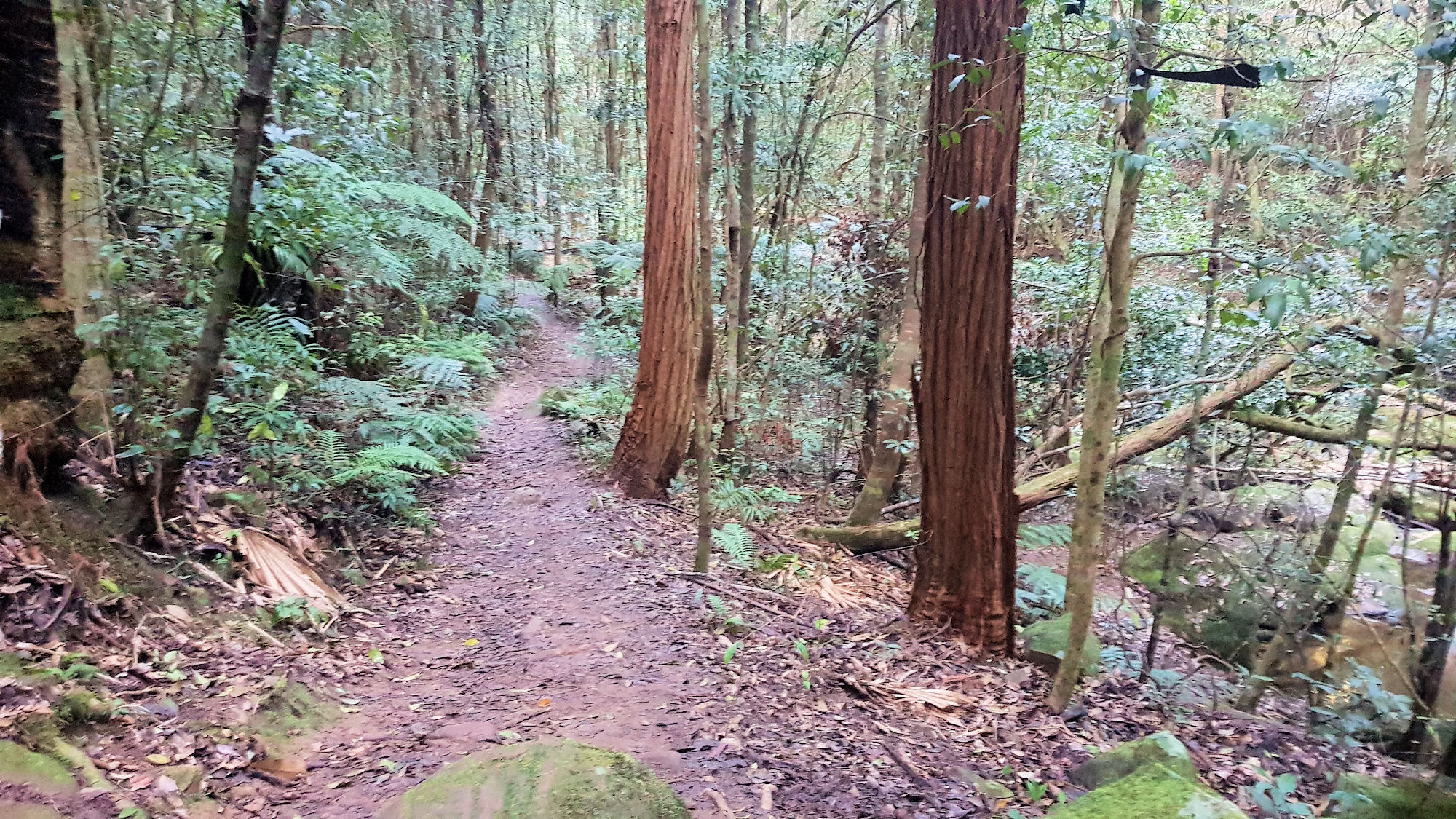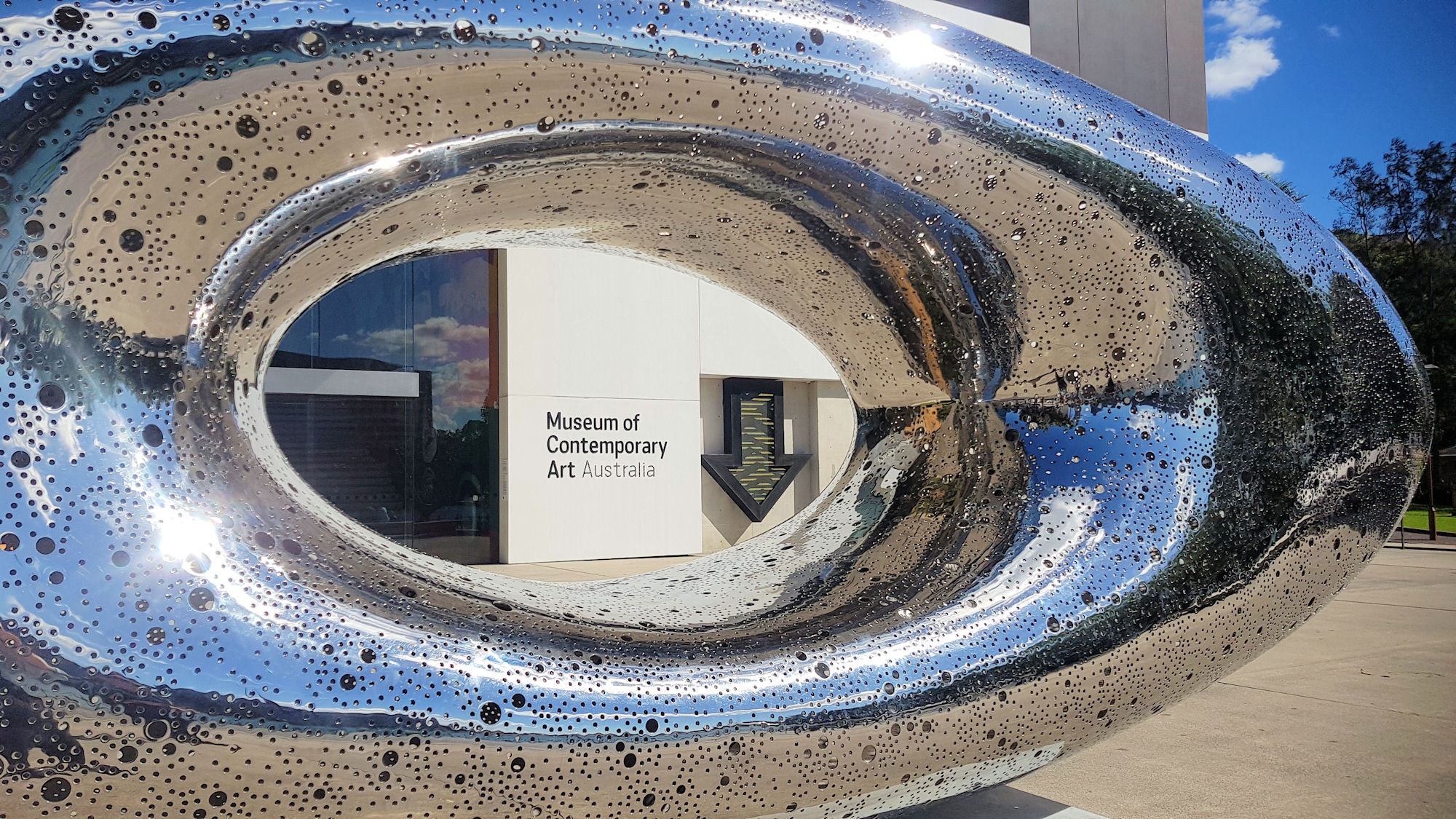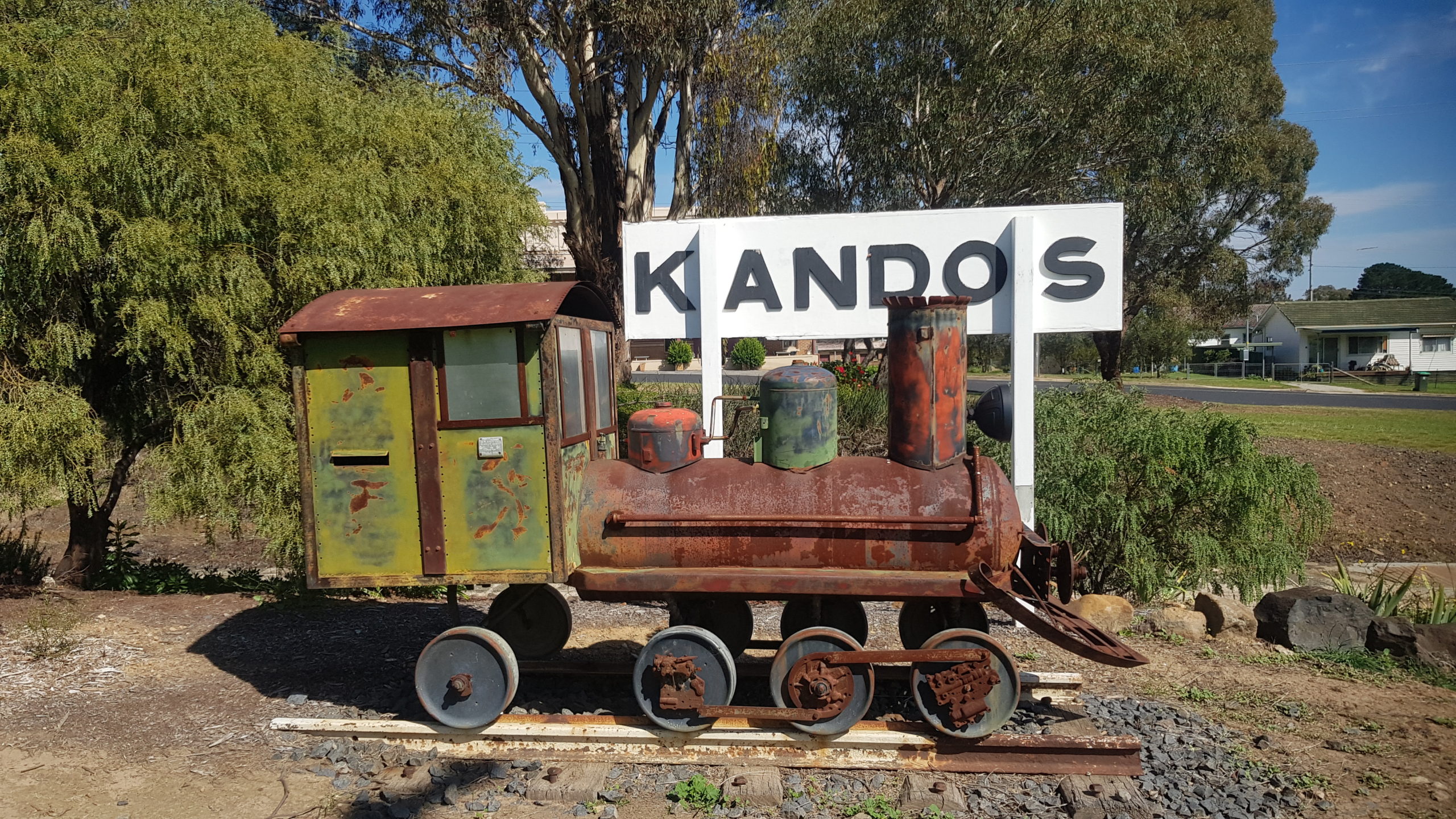Tag: New South Wales
-
Ridge to Rainforest Track Strickland State Forest

Ridge to Rainforest Track Strickland State Forest Getting There Located in the Strickland State Forest, the Ridge to Rainforest Track is a great walk winding its way through the dry forest along the ridge into the gully rainforest along the creek. Mossy rocks, statuesque trees and a planted grove of Hoop Pine are featured along… Read more
-
Museum of Contemporary Art Australia

Museum of Contemporary Art Australia Sitting on the waterfront at Circular Quay, the Museum of Contemporary Art Australia provides a venue for international and local artists. Getting There In walking distance of Circular Quay, public transport is the easiest way to get here. Ferries, buses, trains and light rail all stop here, making it easy… Read more
-
Kandos The Town That Built Sydney

Kandos The Town That Built Sydney Established in the early 1900s for the NSW Cement, Lime and Coal Co Ltd, Kandos produced cement until the plant’s closure in 2011. Taken from the initials of the founding company directors: Campbell, Angus, Noyes, McDonald, Oakden and Stephen. The first letter was later changed to a K rather… Read more